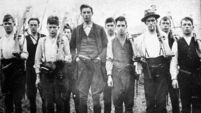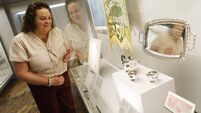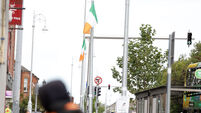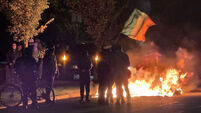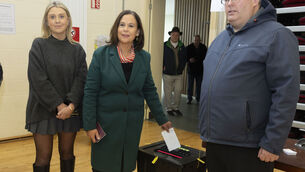Clodagh Finn: In the footsteps of Irish secret agent Maureen O’Sullivan
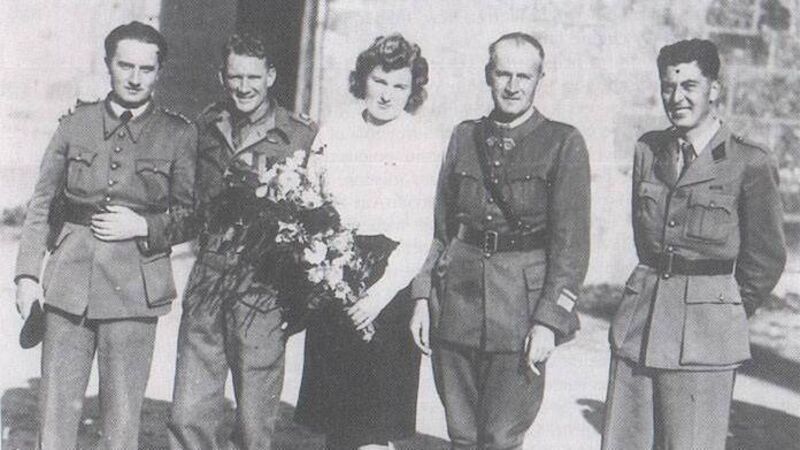
Special agent Maureen 'Paddy' O'Sullivan in the field with the leader of her resistance network Major Teddy Mayer. Picture: John Alvey
It is quite extraordinary to be back in the place where Irish secret agent Maureen ‘Paddy’ O’Sullivan once parachuted into occupied France during World War II, landing with such force that she lost consciousness.
When she came to, she felt breathing on her face and was convinced she had been rumbled by the Germans. She opened her eyes to find a curious cow standing over her.
It was the first of many close calls she would experience in the seven months she worked with the Fireman resistance circuit, cycling up to 60km a day from hideout to hideout to send messages back to London.
She landed in thick fog but there was little more than a rising mist as we travelled close to that spot last week, some 81 years later. And yet, the memory of the risks she and so many others took to fight fascism were still vivid during a two-day conference at Sousceyrac in the Lot in southwest France.
I had expected to meet relatives of French Resistance members and to hear stories of immense bravery, tactics, horrific injuries, Bond-like fieldcraft (from exploding rats to button compasses), but I had not expected to meet another Irish woman with an extraordinary wartime story to tell.
HISTORY HUB
If you are interested in this article then no doubt you will enjoy exploring the various history collections and content in our history hub. Check it out HERE and happy reading
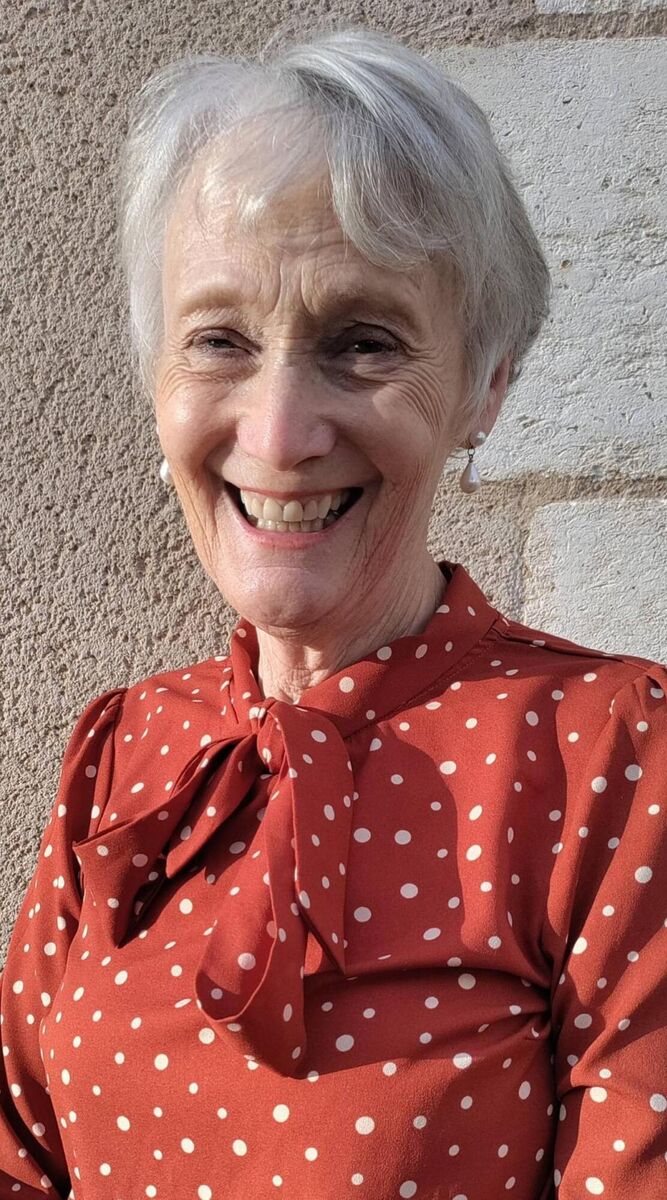
Bridget Megarry, who now lives in France with her husband Kevin, always knew that her father John William Sutton Pringle had worked with radar during WWII, but she had no idea just how crucial his work was until she found a folder marked ‘top secret’ about a decade ago.
When she opened it, she discovered — to her utter dismay — the original blueprint for the design of a radar system known as Rebecca/Eureka.
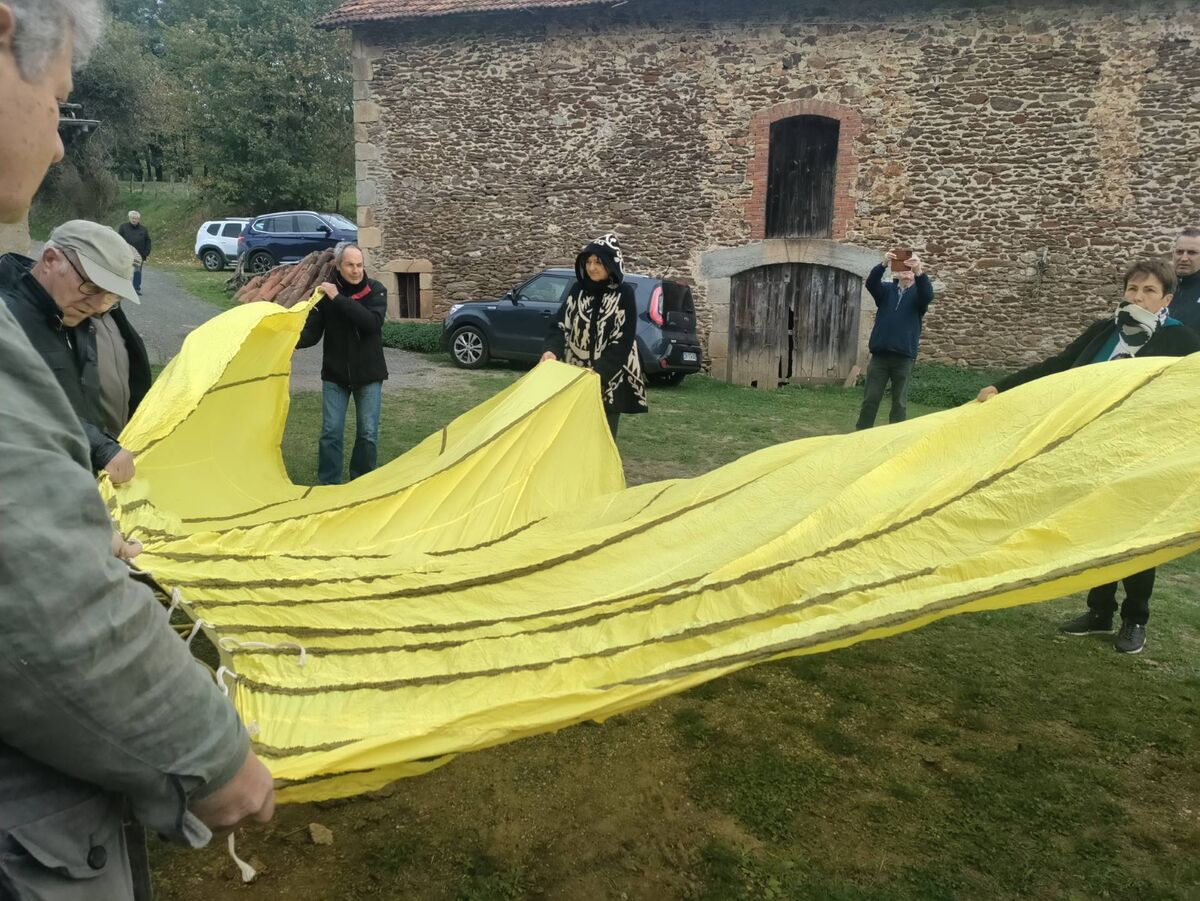
The image of resistance fighters taking heart-stopping risks by lighting fires to guide pilots is engraved in the public consciousness thanks to myriad high-octane war films. But the Rebecca/Eureka system, which John Pringle designed with Robert Hanbury-Brown, eliminated the need to do that.
In doing so, it also reduced the risks of being discovered and, as a result, saved lives.
To hear about the radar system from Bridget Megarry, the Irish daughter of the man who designed it, in the very place where it helped the relatives of people present is moving beyond words.
The signalling system consisted of two pieces of equipment. An airborne transmitter, ‘Rebecca’, used radar and antennae to locate the ‘Eureka’ radar operator on the ground. Once connected, the pilots knew exactly where to parachute supplies.
After the war, John Pringle was awarded an MBE, but it was the citation in the American medal of Freedom that meant most to him.
In it, he was praised for his “great ingenuity, intelligence and outstanding professional knowledge” while working as principal scientific officer at the Telecommunications Research Establishment in Malvern from January 1943 to May 1945.
The citation continued: “Through his superior ability to solve many complexities, his indefatigable energy and marked devotion to duty, he achieved outstanding results, thereby materially contributing to the success of the war effort.” It’s a tribute which could equally be paid to Maureen O’Sullivan, his daughter Bridget Megarry said at the weekend.
Bridget was born in Britain but spent half of her life in Ireland. Her father was born in Britain too, but his father was Irish (also John Pringle, a doctor from Dublin) and he spent many holidays in Donegal.
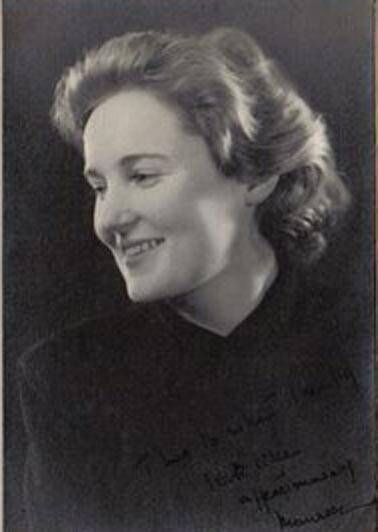
On the other hand, Maureen O’Sullivan was born in Ireland but she faced considerable prejudice in Britain when, in 1943, she joined the Special Operations Executive (SOE), the clandestine operation set up by Winston Churchill to “set Europe ablaze”.
At one point, her superiors sent her to Manchester and told the police that she was a German spy. She was arrested, held naked in a cell and called “an Irish bitch”.
She was released after a few days but the taunts continued, this time because she was a woman.
When she landed so inauspiciously in France in March 1944, the head of her resistance network, Major Teddy Mayer, alias Barthélémy, was appalled that London had sent him a woman. The work, he said, was much too difficult for a woman and, besides, Maureen O’Sullivan did not look the part.
She had blonde hair and blue eyes which, he thought, would make her stick out like a sore thumb.
Maureen herself was worried that her clothes didn’t look French enough. In a pre-High Street era, something as innocuous as a seam cut the wrong way could give you away as foreign. In Britain, for instance, buttons were attached with crisscross stitching, while the French favoured sewing them in with two parallel lines.
Whatever about the details, Maureen was intent on staying put. “Here I am,” she told Major Mayer, “and we’ll just have to make the best of it.” She went about her mission with such determination that when London offered to send two men in her place, Mayer said he was happy to keep her.
Maureen Patricia O’Sullivan went on to become one of the most effective agents in France, staying in the field several months longer than most radio operators. At one point, she was operating seven different radios from seven different safe locations.
She came close to arrest on more than one occasion. When the Gestapo ransacked the place she was staying, the elderly woman of the house hid the radio under her voluminous skirts while Maureen threw the messages to be transmitted into a big bowl of soup. They went undiscovered.
On another occasion, just after D-Day, she was stopped at a German control with a radio, hidden in a suitcase, strapped to the carrier of her bicycle. Just as the soldier went to open it, a German lieutenant stepped forward and said she looked like a German Fräulein.
Without missing a beat, Maureen said that her mother was German and, in a mixture of Flemish and German, flirted for her life. The lieutenant arranged a date for the next day, and the suitcase was entirely forgotten while its operator pedalled away as fast as she could.
At the end of the war, this woman who arrived in France unable to ride a bicycle or change a fuse, was hailed by her circuit leader Major Mayer as a first-class radio operator who could be entirely trusted to carry out her job thoroughly. “And all the credit for that is entirely due to herself,” he wrote.
Now, her life and work and that of John William Sutton Pringle will be commemorated, along with that of many others, in a new museum of the Resistance due to open in Cahors in the Lot next year.
It was already quite something that Maureen O’Sullivan — the only female agent to land in the Lot — featured at a conference organised by the head of that museum project, Emmanuel Carrère, and his team. Even more striking are the local efforts to pinpoint the location of her parachute drop and mark it with a plaque.
It’s time we remembered her at home too, perhaps with a plaque at her one-time home on Charleville Rd, Rathmines in Dublin.




